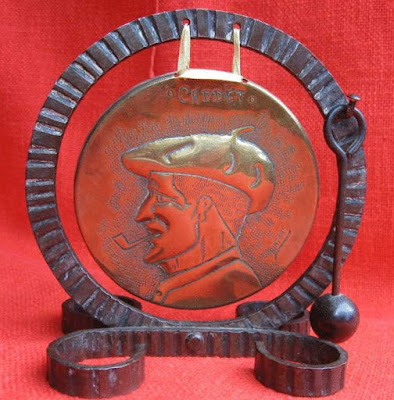Laurent Labaigt, later changed to Jean Rameau (1858 – 1942)
was a French novelist, poet and member of the literary club Hydropathes.
After completing his studies, he went to Paris and received
his first laurels in literature. His poetry draws heavily on nature and his
love for his native Landes.
In 1898, with his work in the capital turning out successful,
Jean Rameau bought a farm in the municipality of Cauneille and transformed it
gradually into a museum The house served as a “house of poetry” and was filled
with art, both his own and by others.
In 1928, Rameau began to build his mausoleum, on a hill
south of the property of Pourtaou. Rameau himself practiced his carving skills
and shaped fourteen allegorical heads - seven sages and seven crazy - topping each of the columns supporting the
balcony encircling the third level. The building is ransacked by the Germans
occupying the premises in 1941.
Jean Rameau, who died in 1942, did not get
buried in the Gazebo which was to be his tomb, but under a tombstone.

























































